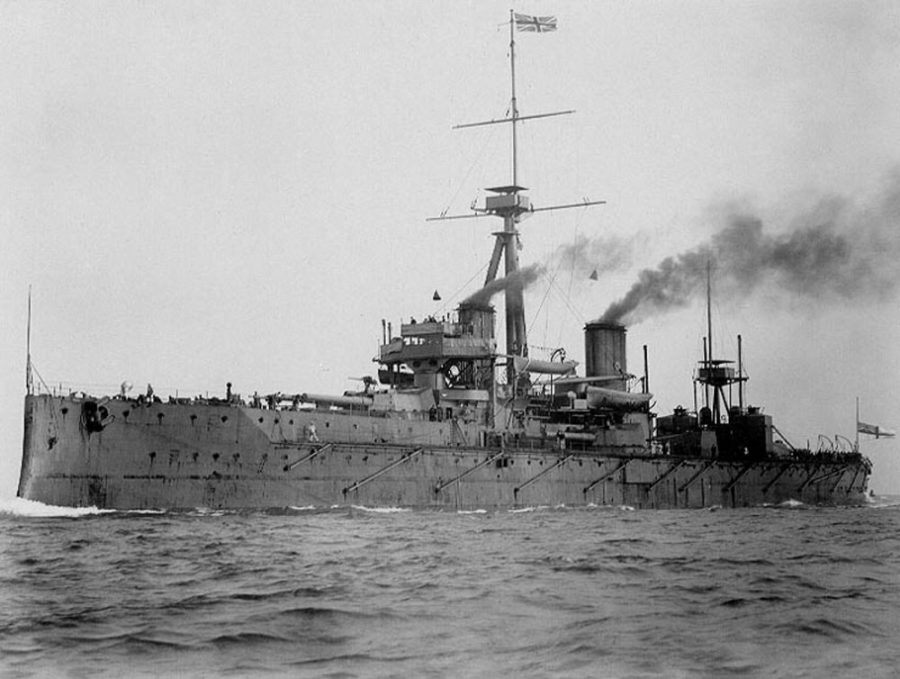Feb. 10 may not seem like the most exciting day, but throughout history it has held some of the most high-profile events in science and technology.
HMS Dreadnought was launched, ushering in a new era of naval power
In 1906, the Royal Navy introduced the world to a new naval powerhouse: HMS Dreadnought. Dreadnought was the first steam-powered capital ship and revolutionized naval design thought by carrying a main battery of large guns alongside a complement of smaller guns, as opposed to the smattering of different sizes found in previous ships.
Alongside these innovations, Dreadnought was equipped with an early fire control system to direct gun fire. She was designed with the intention of improving the Royal Navy’s forces and dealing with newer weaponry designed by enemy countries;. Her creation sparked a naval arms race as other countries, particularly Germany, rushed to match her might.
HMS Dreadnought is the only battleship confirmed to have sunk a submarine when it rammed into a German U-boat, sending it to the bottom of the ocean. A new generation of ships followed in its wake, called “dreadnoughts.”
The dreadnoughts would dominate the seas and eventually lead to the development of famous battleships such as USS Iowa.
Garry Kasparov defeated by Deep Blue
In 1996, a legendary chess match occurred between Garry Kasparov and an IBM supercomputer named Deep Blue.
Carnegie Mellon University specifically designed Deep Blue to play chess and an early prototype was even pitted against previous chess champion Joel Benjamin. Using Benjamin’s help, engineers designed Deep Blue’s playbook for its match against Kasparov.
At the time, Kasparov was the reigning chess world champion. During their first match, Kasparov was beaten by the program, which led to it being the first computer to win against a chess champion under regular time controls. In the subsequent matches, Kasparov won 4-2.
RELATED: 75 years of science supporting the Armed Forces
Satellites collide in orbit
In 2009, two communication satellites, Iridium 33 and Kosmos-2251, collided in orbit at over 26,000 miles per hour and were destroyed in the explosion. It was the first time two satellites collided in low Earth orbit.

Iridium 33 was a United States satellite, launched in 1997, and Kosmos-2251 had been launched by Russia in 1993. Iridium was operational at the time of the collision but Kosmos had been deactivated beforehand.
RELATED: UA researcher snags Air Force grant for transistor
Texas Tech University Founded
Public research school Texas Tech University was founded in 1923 as Texas Technological College, in the city of Lubbock. Texas Tech University to this day is the only campus in the state to house an undergraduate university, a law school and a medical school at the same location.

The university was founded when the Texas legislature decided that a new university would be the best option for the region, as opposed to a branch of Texas A&M University. This came after controversy over the school’s location, culminating in some politicians recommending succession of west Texas from the state. Others were more excited; residents were so eager to host the university that they lined the streets in an effort to convince their local politicians to sign the legislature that would approve the campus’ construction.
As the name suggests, the university is heavily involved in research. Notably, one research team holds a license on the human blood producing agent HemoTech.
Follow Nicole Morin on Twitter.









